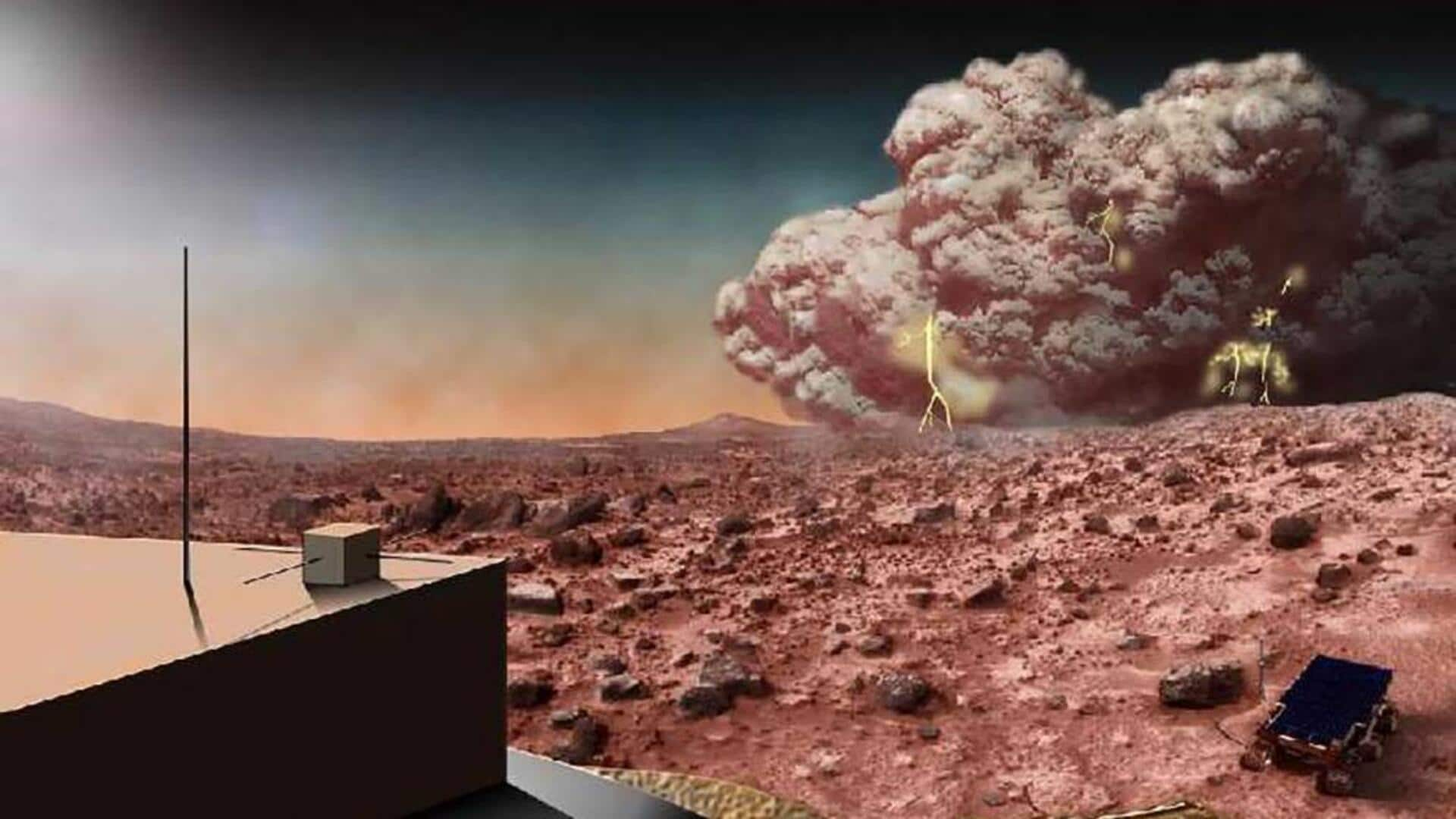
Astronauts need better safety standards to survive lunar sandstorms
What's the story
As NASA prepares for its return to the Moon after over 50 years, a new theory suggests astronauts may face greater risks than previously anticipated. University of Central Florida physicist Phil Metzger, in a conversation with Scientific American, revealed that recent research indicates the fast-moving and highly toxic lunar dust, known as "sandblasts," could necessitate additional safety measures for astronauts. The theory challenges whether current protective strategies are adequate to withstand the impact of these sandblasts.
Sandblast impact
Lunar sandblasts: A greater threat to spacecraft and equipment
The potential damage from lunar sandblasts has been a known issue since the last Moon mission, with these fast-moving dust particles causing significant erosion and equipment damage. However, uncertainties surrounding the exact mechanism of this process, have made it difficult to establish safety protocols for astronauts and equipment for the upcoming Artemis missions. Metzger's new theory suggests that current protective measures may not be sufficient to withstand the impact of these sandblasts.
Dynamics
Understanding of lunar sandblasts proposes enhanced safety measures
Metzger, who previously co-authored a NASA policy advising small lunar landers to avoid landing within approximately 1.93km of Apollo landing sites, to protect them from sandblasts, has proposed a new mechanism for how these occur. His latest theory suggests that rocket exhaust's high-speed running parallel to ground, creates a kinetic force that propels dust in a more complex manner than previously understood. This could mean lunar dust particles move at speeds four to 10 times faster than scientists had believed.